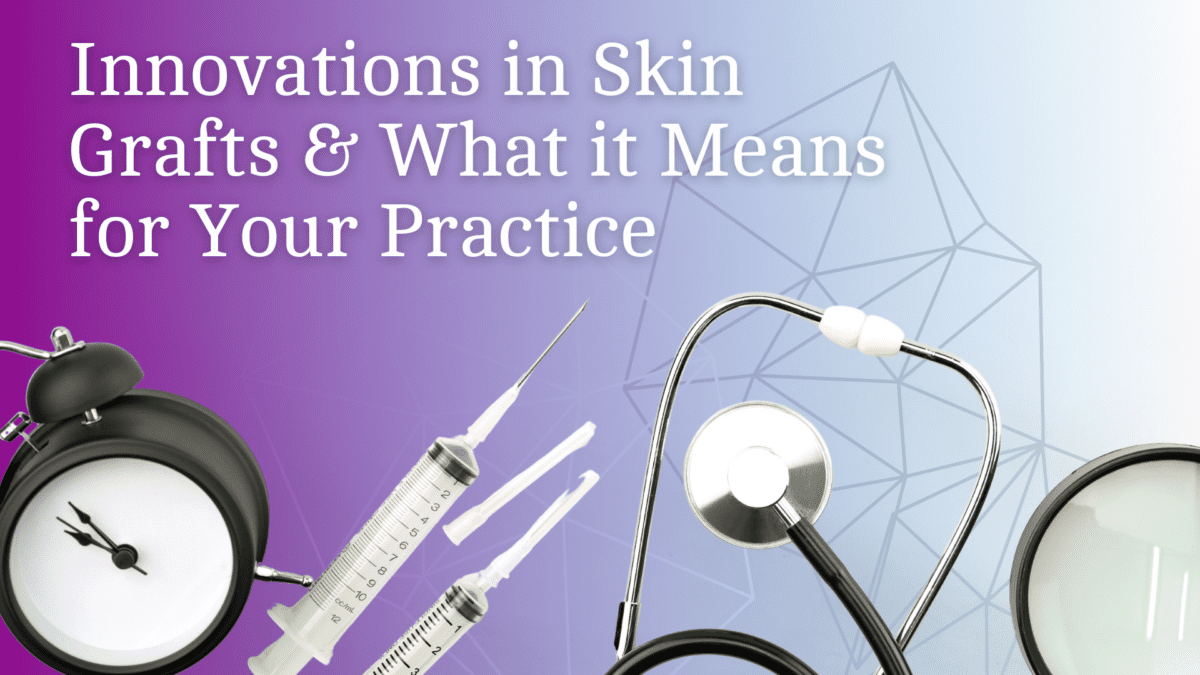What is Skin Grafting and Its Evolution?
Skin grafting involves the transplantation of healthy skin from one part of the body to another to treat skin wounds or large defects. Over time, the technique of skin grafting has evolved significantly, from ancient practices to modern innovations like artificial skin and autologous skin grafts. It plays a crucial role in the treatment of severe burns and skin loss, particularly benefiting burn patients with extensive damage.
Skin grafting techniques have advanced from simple procedures to sophisticated methods, enhancing outcomes for patients. Understanding the evolution of skin grafting is essential for healthcare practitioners who perform these procedures.
Advancements in skin grafting, including the use of artificial skin, have revolutionized the way skin wounds are treated, offering new possibilities for patients with extensive skin damage, such as burn victims. As skin grafting continues to progress, its applications in medical practice expand, benefitting both patients and healthcare providers.
Understanding the Basics of Skin Grafting
Skin grafting is a surgical procedure that involves transferring skin from a healthy donor site to cover a wound or defect, crucial for burn wound treatment using either a split-thickness skin graft or a full-thickness skin graft. It aims to promote healing and improve the function of damaged skin. The donor site can vary depending on the type of skin graft used, such as a split-thickness skin graft or a full-thickness skin graft.
A split-thickness skin graft involves removing the top layers of skin, known as split-thickness skin, while a full-thickness skin graft includes the entire thickness of the skin. Each type has specific indications and applications in different clinical scenarios, such as burn injuries or reconstructive surgeries, with split-thickness skin grafts often used in the treatment of burn wounds.
Donor sites are carefully selected to minimize donor site morbidity and ensure successful grafting, often involving the use of donor skin for better outcomes. The choice of donor site depends on factors like skin quality, location, and the size of the graft needed.
Evolution of Skin Grafting Techniques
The historical development of skin grafting dates back centuries, with early techniques using simple methods to cover wounds. Over time, advancements in surgical and medical knowledge, including the development of artificial skin, have led to the refinement of skin grafting procedures.
From autologous split-thickness skin grafts to modern skin substitutes, the evolution of skin grafting techniques has significantly improved patient outcomes. Innovations like mesh grafts and pinch grafts have expanded treatment options for various skin conditions.
Understanding the historical roots of skin grafting provides valuable insights into the origins of modern practices and the continuous development of skin grafting techniques to meet the evolving needs of patients.
What it Means Your Medical Billing and Coding
While traditional autologous skin grafting is still considered the gold standard, new methods of skin harvesting and skin grafting techniques have expanded the possibilities for treatment. The use of meshed split-thickness skin grafts and other innovative approaches have allowed for the efficient coverage of large areas of damaged skin with a limited amount of donor skin. These advances in skin regeneration and skin graft donor site utilization have greatly improved the function of the skin and subcutaneous tissue in the treatment of skin injuries.
Medical billing and coding professionals like PraciSynergy must stay up-to-date on the latest skin grafts and skin replacement techniques to accurately code for these procedures. With the increasing use of meshed skin grafts and other innovative approaches, it is important to document the specific methods of skin harvesting and skin grafting used in each case to ensure proper reimbursement. As technology continues to advance in the field of skin grafts, billing, and coding practices will need to adapt to accurately reflect the complexity and cost of these procedures.


